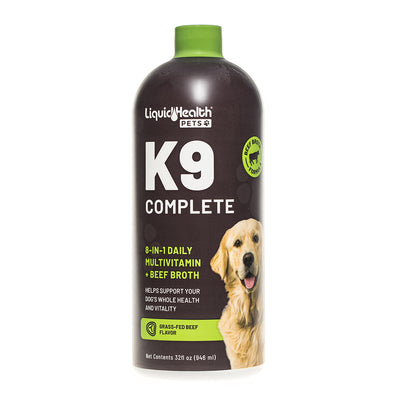
For the past two decades or so most dog and cat food manufacturers have created lines of food called: light, weight reduction, weight management, reduced calorie, etc. The belief in reducing fat levels has become an obsession, certainly in the last two decades. New facts have shown that, like their humans counterparts, upwards of 49% of dogs in the United States are classified as being obese (according to 2012 estimates). This should be very concerning to all pet owners.
What most people need to remember is that fat is not the enemy as most recent studies have shown. Actually, it is excessive carbohydrate consumption, which are found in the vast majority of pet foods available, that is actually the culprit for this rampant increase in levels in both cats & dogs.There are so many points that need to be made in regards to these statements, I truly do not know where to begin.
Understanding our own capability of digesting carbohydrates will help the prospective pet owner adjust their dog or cat's carbohydrate intake on a daily basis.There's been much discussion in regards to the classification of a dog as either a carnivore or an omnivore. There is no debating the fact that cats are true carnivores, commonly referred to as obligate. A cat does not have the ability to breakdown or utilize carbohydrates whereas the dog has the ability to utilize some carbohydrates in his or her diet.
The percentage of carbohydrate intake has been debated time and time again.The generally accepted amount of carbohydrates seems to be around 5 to 10%. These levels allow the dog to utilize carbohydrates and thus increase the bacteria in their G.I.tract, which results in higher B12 levels. This also results in the increase of "good" bacteria in its small intestine which can lead to higher digestibility of the meal. Prospective pet owners need to realize that food is not just simply a collection of useful, unfortunately there are some ingredients in food that may be classified as toxic. In most dry dog foods we see carbohydrate levels at or above 45% of the total amount of ingredients found in a bag. Now that you know the dog's ability lies at about 5 to 10% and your beloved cat cannot utilize them at all, what do you think happens when the influx of high carbohydrates into your pet's diet occurs? Answers..., body odor and flatulence to name a few!
These incidents give you an idea of just how alarming the ingestion of excessive carbohydrates can be to your beloved best friend. So consider alternatives to the "cereal driven" foods (Ex. Raw or freeze dried), and always supplement your dog or cat with a great multivitamin-mineral mix, as well as a digestive enzyme mix, these supplements will help your pet utilize more ingredients found within their food thus improving their appearance and overall health.
About the Author:
Mark Poveromo is the owner of Thomaston. He has a Masters degree in Environmental Science and Nutrition and has been in the health and nutrition business for 23 years. He's also the author of “To Your Dog's Health”.





